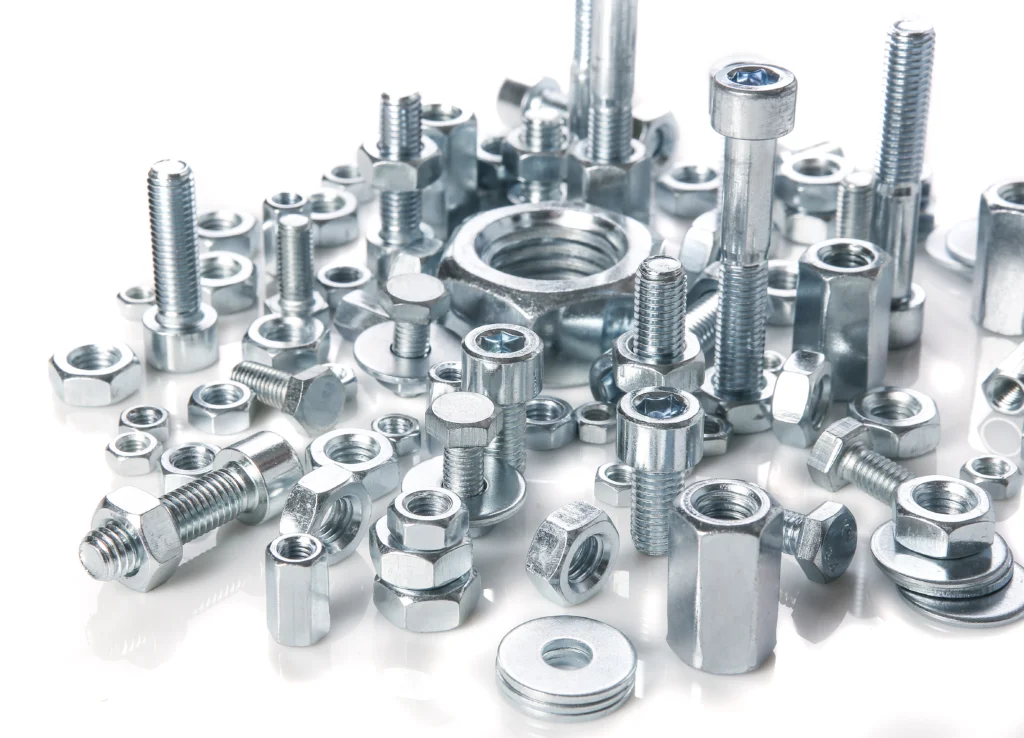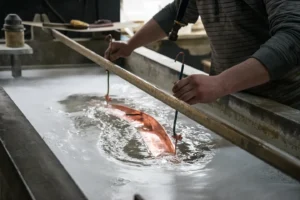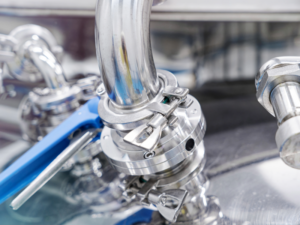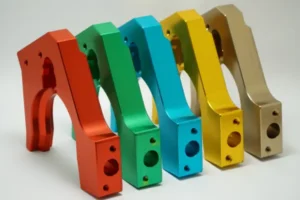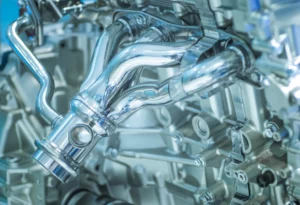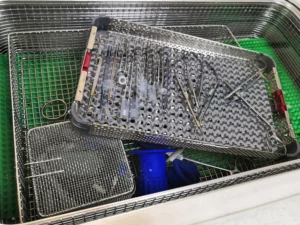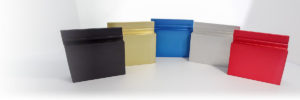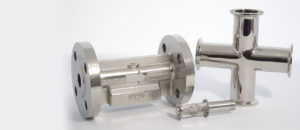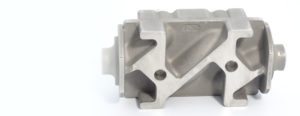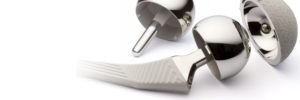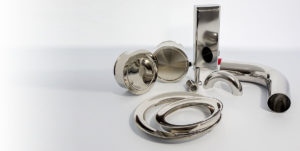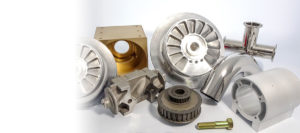Imagine a world where metal parts rust and deteriorate at the blink of an eye. That’s the world without zinc plating – an essential yet often overlooked process. In the process of parts manufacturing, zinc plating is often responsible for ensuring the longevity and durability of parts that we use in our everyday lives.
The Zinc Plating Process: A Closer Look
Zinc plating involves coating metal parts with a thin layer of zinc, primarily to protect them from rust and corrosion. The process typically includes cleaning and preparing the metal surface, followed by immersing the parts in a zinc salt solution and applying an electric current. This causes zinc ions to adhere to the surface in a uniform layer, a method known as electroplating.
What Metals Can Be Zinc Plated?
Zinc plating is predominantly used on steel and iron components, but it can also be applied to a variety of other metals including brass and copper. However, the key is in the preparation. The surface must be meticulously cleaned and free of contaminants to ensure the zinc adheres properly and provides maximum protection.
Zinc Plating Benefits and Applications
Benefits:
- Corrosion Resistance: Zinc plating forms a barrier that prevents oxidative reactions that would otherwise cause rust.
- Enhanced Durability: It increases the lifespan of the parts, especially in harsh environments.
- Aesthetic Appeal: Zinc can be dyed in various colors, offering aesthetic flexibility.
- Cost-Effective: Compared to other finishes like stainless steel, zinc plating is more economical.
Applications:
- Automotive Industry: From engine parts to bolts and fasteners, zinc plating is crucial in preventing corrosion under high-stress conditions.
- Construction Equipment: Steel beams and hardware benefit from zinc’s protective layer.
- Consumer Electronics: Small components inside gadgets are often zinc-plated for longevity.
The Untold Story: Quality and Customization
While the basic process of zinc plating is widely known, what’s less discussed is the importance of customizing the plating to the specific needs of the part. This involves choosing the right thickness of the zinc coating and deciding whether to add passivation layers for extra protection.
In industries like aerospace or medical devices, where precision and durability are paramount, such customization is not just beneficial but essential. Manufacturers need to consider factors like the environment in which the part will be used, the mechanical stresses it will endure, and any regulatory compliance requirements.
Diving Deeper: Varieties of Zinc Plating and Their Uses
Zinc plating is not a one-size-fits-all solution; it comes in various types, each serving specific purposes:
- Standard Zinc Plating: The most common type, often used in automotive parts like nuts, bolts, and brackets. It provides a good balance of corrosion protection and cost-effectiveness.
- Zinc-Nickel Plating: This alloy, typically comprising 85% zinc and 15% nickel, offers enhanced corrosion resistance. It’s ideal for parts exposed to harsh environments, like under-hood automotive components and aerospace parts.
- Zinc-Iron Plating: Containing about 0.4-0.8% iron, this variant is used for its slightly increased temperature resistance. It’s often found in parts that undergo high-heat processes after plating, like brake components.
- Zinc-Cobalt Plating: With around 1% cobalt, this type provides superior corrosion resistance and is used in high-corrosion environments like marine hardware.
Each of these platings is chosen based on the specific demands of the application. For instance, a manufacturer producing parts for coastal applications might opt for zinc-cobalt plating for its superior corrosion resistance in saline environments. On the other hand, standard zinc plating might suffice for general consumer goods where extreme conditions are not a concern.
AMF Technologies: Your Partner in Excellence
At AMF Technologies, we specialize in providing tailored zinc plating solutions that meet the unique requirements of your parts. Our expertise ensures that each component receives the optimal level of protection and finish, enhancing both its performance and longevity. We help manufacturers navigate the complexities of zinc plating, ensuring that their parts are not just protected, but perfected.
In the vast world of parts manufacturing, zinc plating plays a pivotal role in ensuring the quality and durability of metal components. It’s a process that requires precision, expertise, and an understanding of the unique needs of each part. With AMF Technologies as your partner, you can achieve finishes that elevate the standard. Contact us with your questions or to request a quote.
